1933 Rolls-Royce 20/25hp Owen Sedanca Three-position Drophead Coupé Coachwork by Gurney Nutting Registration no. AGJ 539 Chassis no. GEX28• One of the most elegant and admired coachwork designs on the 20/25 chassis • Featured in Lawrence Dalton's Those Elegant Rolls-Royce (1967, page 88) • Formerly part of a private collection in California for over 40 years • Refurbished since its return to the UK Footnotes"This model was introduced to meet requests for a smaller, less expensive car in keeping with the trend after the First World War towards smaller cars for a wider market. Construction was simplified - but standards of workmanship were not compromised." - Edward Eves, Rolls-Royce, 75 Years of Motoring Excellence. Changing times after WWI eventually forced the abandonment of Rolls-Royce's 'one model' policy, an all-new 20hp car joining the existing 40/50hp Silver Ghost in 1922. The 'Twenty' reflected Henry Royce's interest in contemporary trends within the American automobile industry, incorporating unitary construction of the engine and gearbox, the latter featuring the modern innovation of a central ball change, together with a 'Hotchkiss drive' rear axle. The engine, Rolls-Royce's first with overhead valves, was a six-cylinder unit displacing 3,127cc. Favourably received as the Twenty was, its three-speed transmission's central gear change was not to everyone's taste, and when four-wheel, servo-assisted brakes were introduced in 1925, a four-speed gearbox with right-hand, gated change replaced the original three-speeder. The Twenty's introduction enabled its makers to cater for the increasingly important owner-driver market that appreciated the quality of Rolls-Royce engineering but did not need a car as large as a 40/50hp Ghost or Phantom. The car proved eminently suited to town use yet could cope admirably with Continental touring when called upon. Its successor, the 20/25hp, introduced in 1929, updated the concept with significant improvements, featuring an enlarged (from 3.1 to 3.7 litres) and more powerful version of the Twenty's six-cylinder overhead-valve engine. The latter's increased power allowed the bespoke coachbuilders greater freedom in their efforts to satisfy a discerning clientele that demanded ever larger and more opulent designs. Produced concurrently with the Phantom II, the 20/25 benefited from many of the larger model's improvements, such as synchromesh gears and centralised chassis lubrication, becoming the best-selling Rolls-Royce of the inter-war period. The Rolls-Royce 20/25hp was, of course, an exclusively coachbuilt automobile, and most of the great British coachbuilding firms offered designs, many of them unique, on the 20/25hp chassis. Some of the most widely admired were the work of J Gurney Nutting, a company associated with quality marques - Bentley in particular - from its earliest days and a supreme practitioner of the coachbuilding craft in the late 1930s. Founded in Croydon, Surrey in 1919, Gurney Nutting had bodied its first Bentley before moving to London's fashionable Chelsea district in 1924, and within a few years was established as the Cricklewood firm's foremost supplier of bodies after Vanden Plas. Gurney Nutting's work had a sporting flavour from the outset and succeeded in attracting the attention of society's upper echelons; the Prince of Wales and Duke of York were clients, and the firm gained its Royal Warrant in the early 1930s. Daimler and Rolls-Royce had been added to the Gurney Nutting portfolio in the mid-1920s, and the fruitful association with the latter continued into the succeeding decade. By general consent, Gurney Nutting's stunning drophead coupés - developed for fashionable retailers, H R Owen - are among the most handsome and best proportioned ever to grace the Rolls-Royce 20/25 chassis. The car offered here, chassis number 'GEX28', is one of these remarkable dropheads, differing slightly from the others by virtue of its extended bonnet, an original feature th
1933 Rolls-Royce 20/25hp Owen Sedanca Three-position Drophead Coupé Coachwork by Gurney Nutting Registration no. AGJ 539 Chassis no. GEX28• One of the most elegant and admired coachwork designs on the 20/25 chassis • Featured in Lawrence Dalton's Those Elegant Rolls-Royce (1967, page 88) • Formerly part of a private collection in California for over 40 years • Refurbished since its return to the UK Footnotes"This model was introduced to meet requests for a smaller, less expensive car in keeping with the trend after the First World War towards smaller cars for a wider market. Construction was simplified - but standards of workmanship were not compromised." - Edward Eves, Rolls-Royce, 75 Years of Motoring Excellence. Changing times after WWI eventually forced the abandonment of Rolls-Royce's 'one model' policy, an all-new 20hp car joining the existing 40/50hp Silver Ghost in 1922. The 'Twenty' reflected Henry Royce's interest in contemporary trends within the American automobile industry, incorporating unitary construction of the engine and gearbox, the latter featuring the modern innovation of a central ball change, together with a 'Hotchkiss drive' rear axle. The engine, Rolls-Royce's first with overhead valves, was a six-cylinder unit displacing 3,127cc. Favourably received as the Twenty was, its three-speed transmission's central gear change was not to everyone's taste, and when four-wheel, servo-assisted brakes were introduced in 1925, a four-speed gearbox with right-hand, gated change replaced the original three-speeder. The Twenty's introduction enabled its makers to cater for the increasingly important owner-driver market that appreciated the quality of Rolls-Royce engineering but did not need a car as large as a 40/50hp Ghost or Phantom. The car proved eminently suited to town use yet could cope admirably with Continental touring when called upon. Its successor, the 20/25hp, introduced in 1929, updated the concept with significant improvements, featuring an enlarged (from 3.1 to 3.7 litres) and more powerful version of the Twenty's six-cylinder overhead-valve engine. The latter's increased power allowed the bespoke coachbuilders greater freedom in their efforts to satisfy a discerning clientele that demanded ever larger and more opulent designs. Produced concurrently with the Phantom II, the 20/25 benefited from many of the larger model's improvements, such as synchromesh gears and centralised chassis lubrication, becoming the best-selling Rolls-Royce of the inter-war period. The Rolls-Royce 20/25hp was, of course, an exclusively coachbuilt automobile, and most of the great British coachbuilding firms offered designs, many of them unique, on the 20/25hp chassis. Some of the most widely admired were the work of J Gurney Nutting, a company associated with quality marques - Bentley in particular - from its earliest days and a supreme practitioner of the coachbuilding craft in the late 1930s. Founded in Croydon, Surrey in 1919, Gurney Nutting had bodied its first Bentley before moving to London's fashionable Chelsea district in 1924, and within a few years was established as the Cricklewood firm's foremost supplier of bodies after Vanden Plas. Gurney Nutting's work had a sporting flavour from the outset and succeeded in attracting the attention of society's upper echelons; the Prince of Wales and Duke of York were clients, and the firm gained its Royal Warrant in the early 1930s. Daimler and Rolls-Royce had been added to the Gurney Nutting portfolio in the mid-1920s, and the fruitful association with the latter continued into the succeeding decade. By general consent, Gurney Nutting's stunning drophead coupés - developed for fashionable retailers, H R Owen - are among the most handsome and best proportioned ever to grace the Rolls-Royce 20/25 chassis. The car offered here, chassis number 'GEX28', is one of these remarkable dropheads, differing slightly from the others by virtue of its extended bonnet, an original feature th








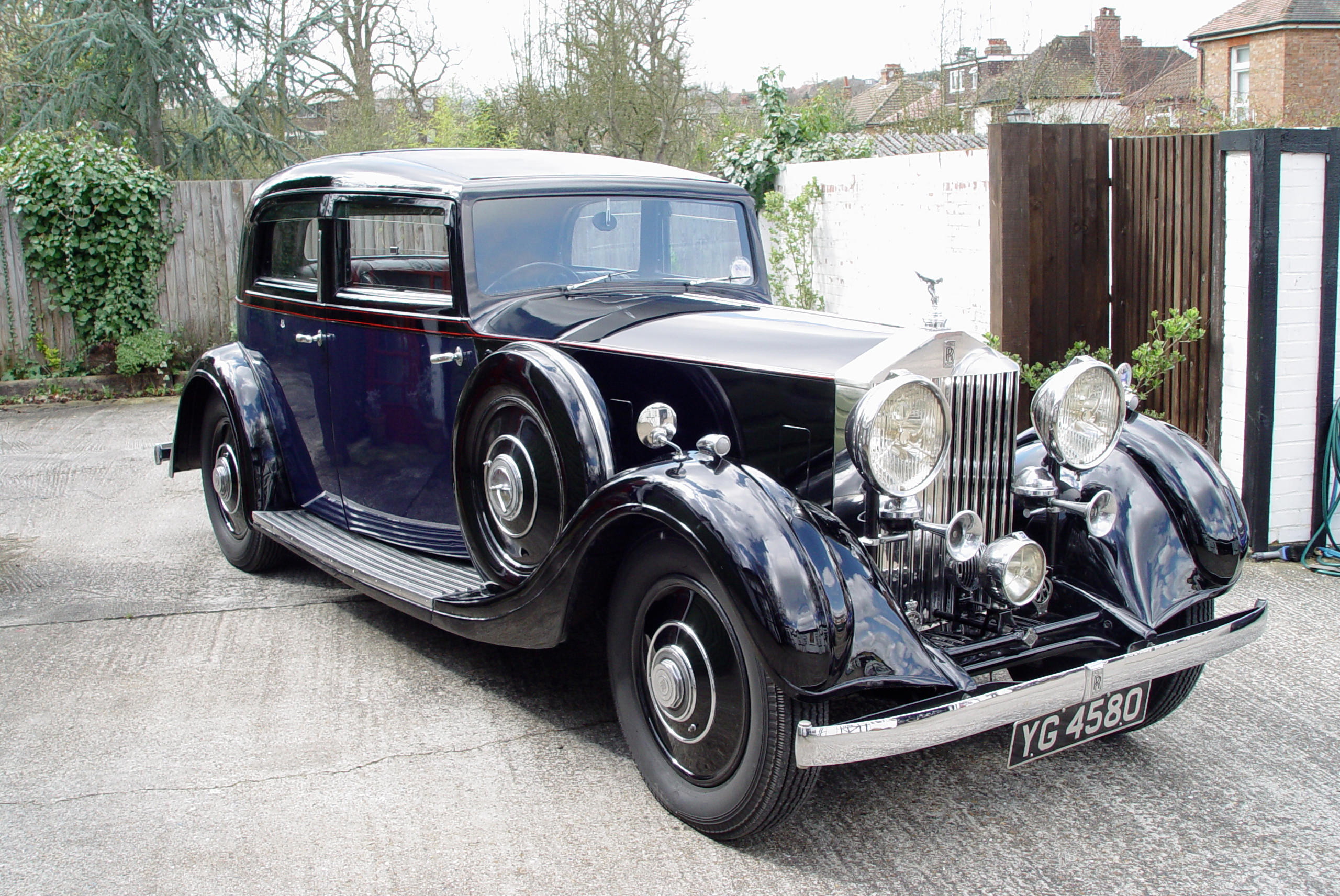
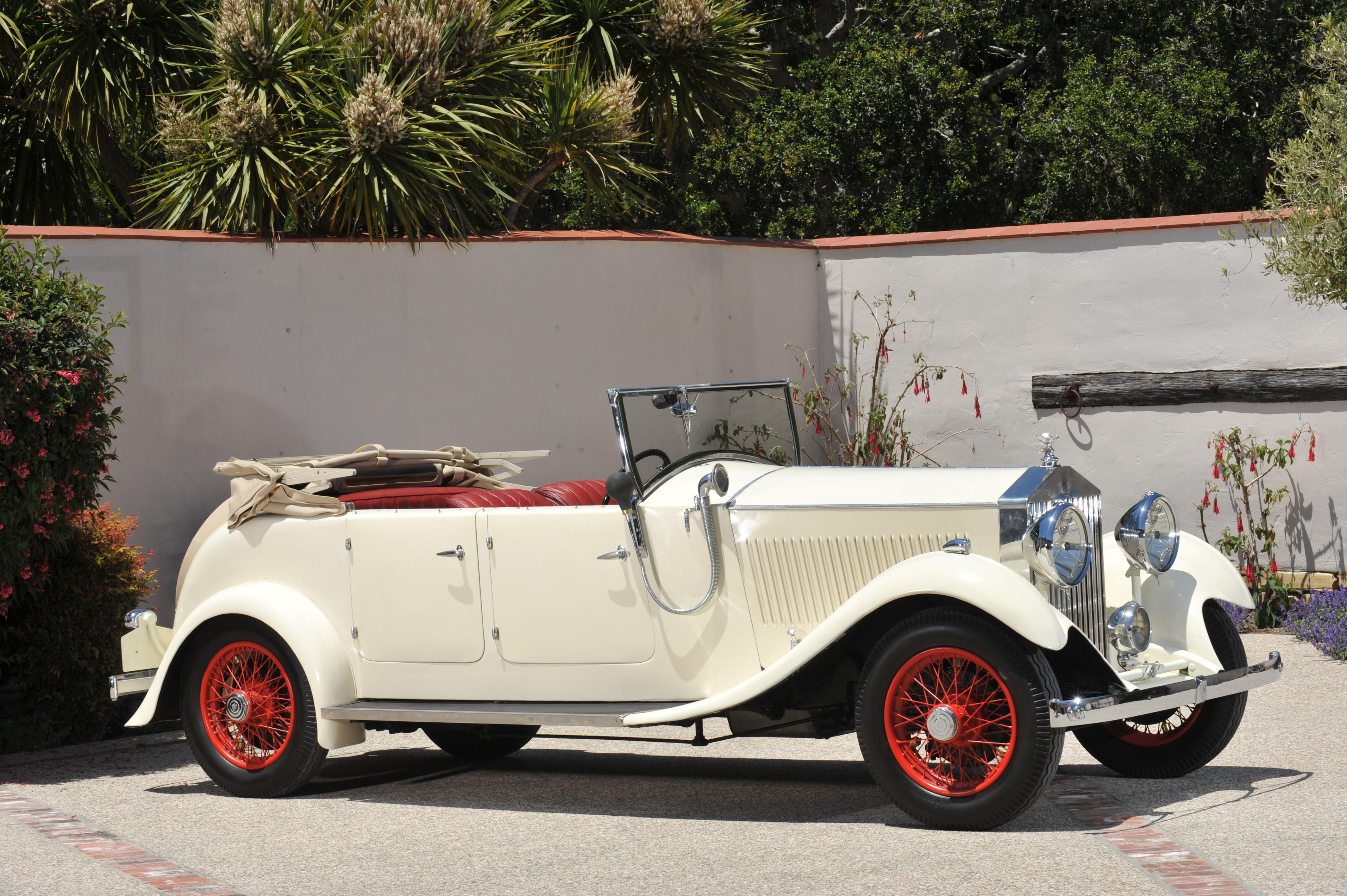

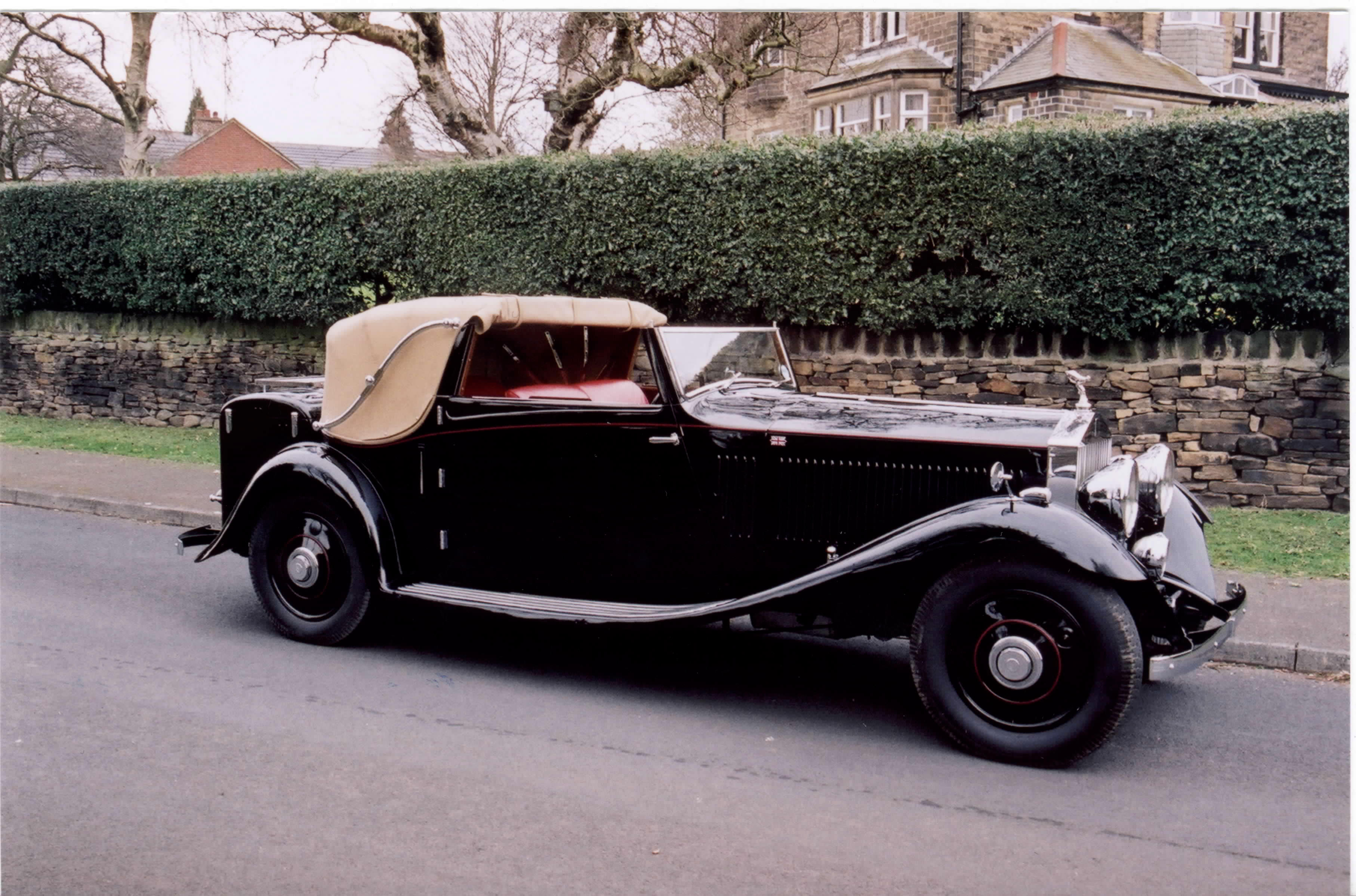
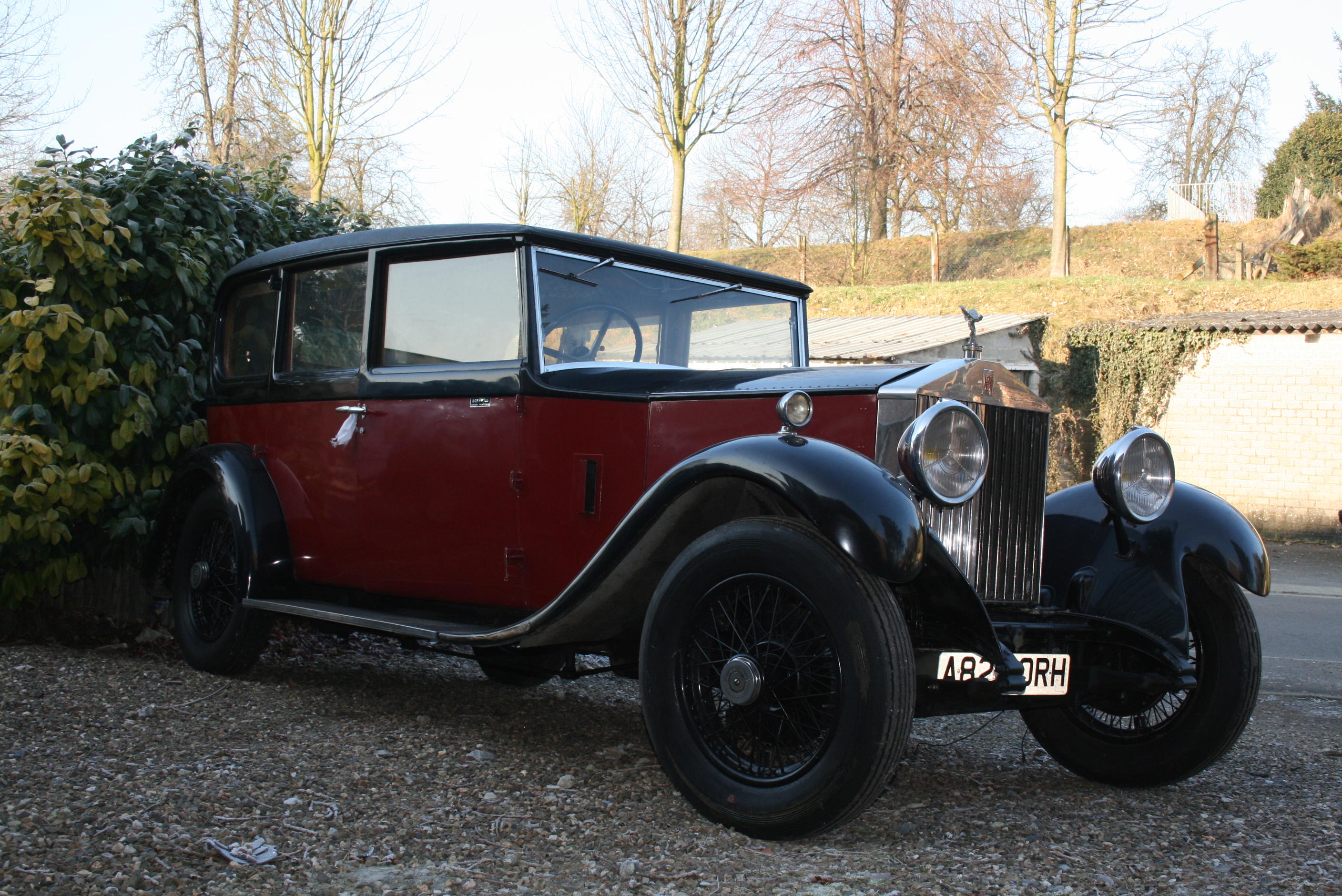
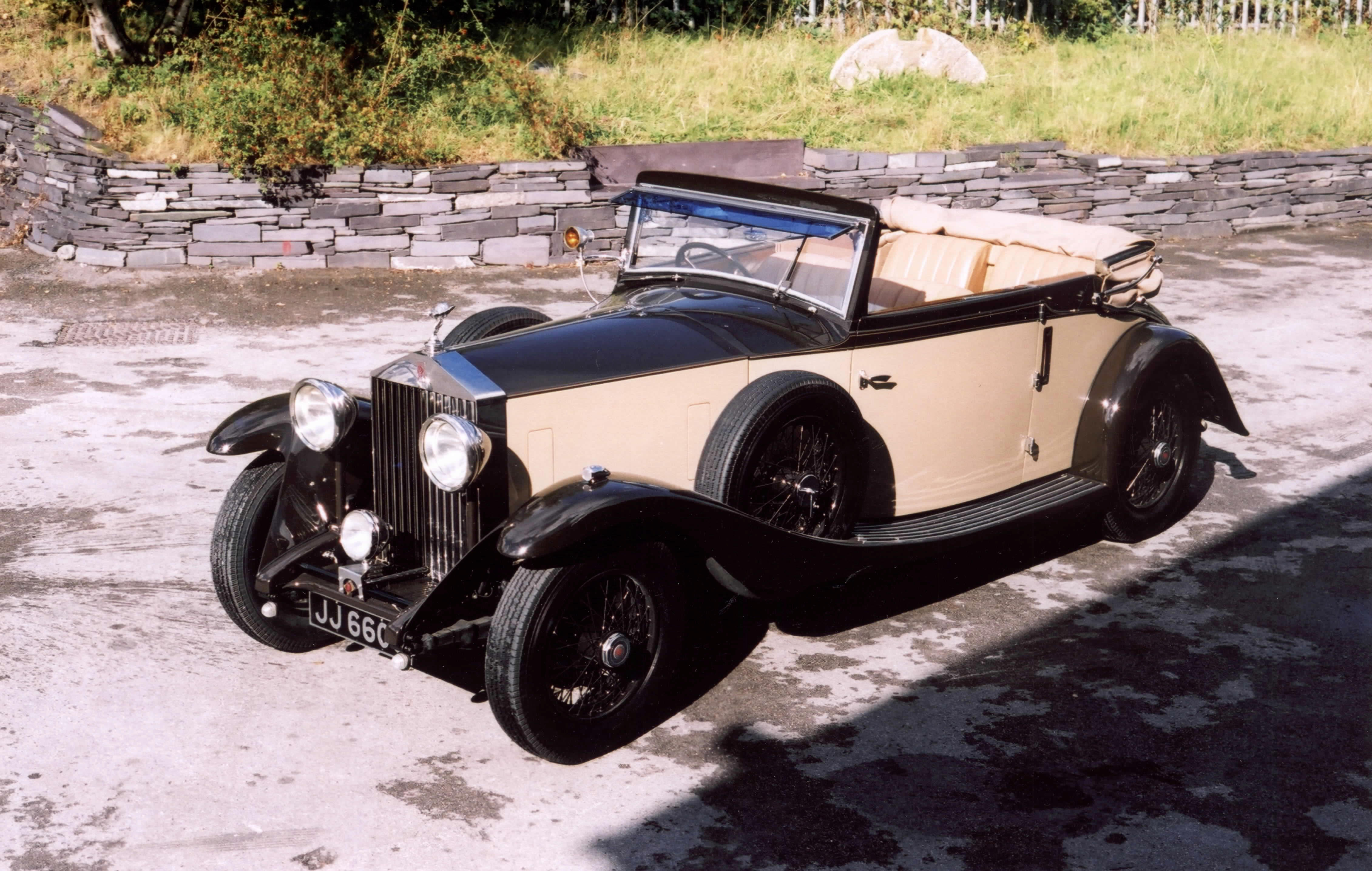
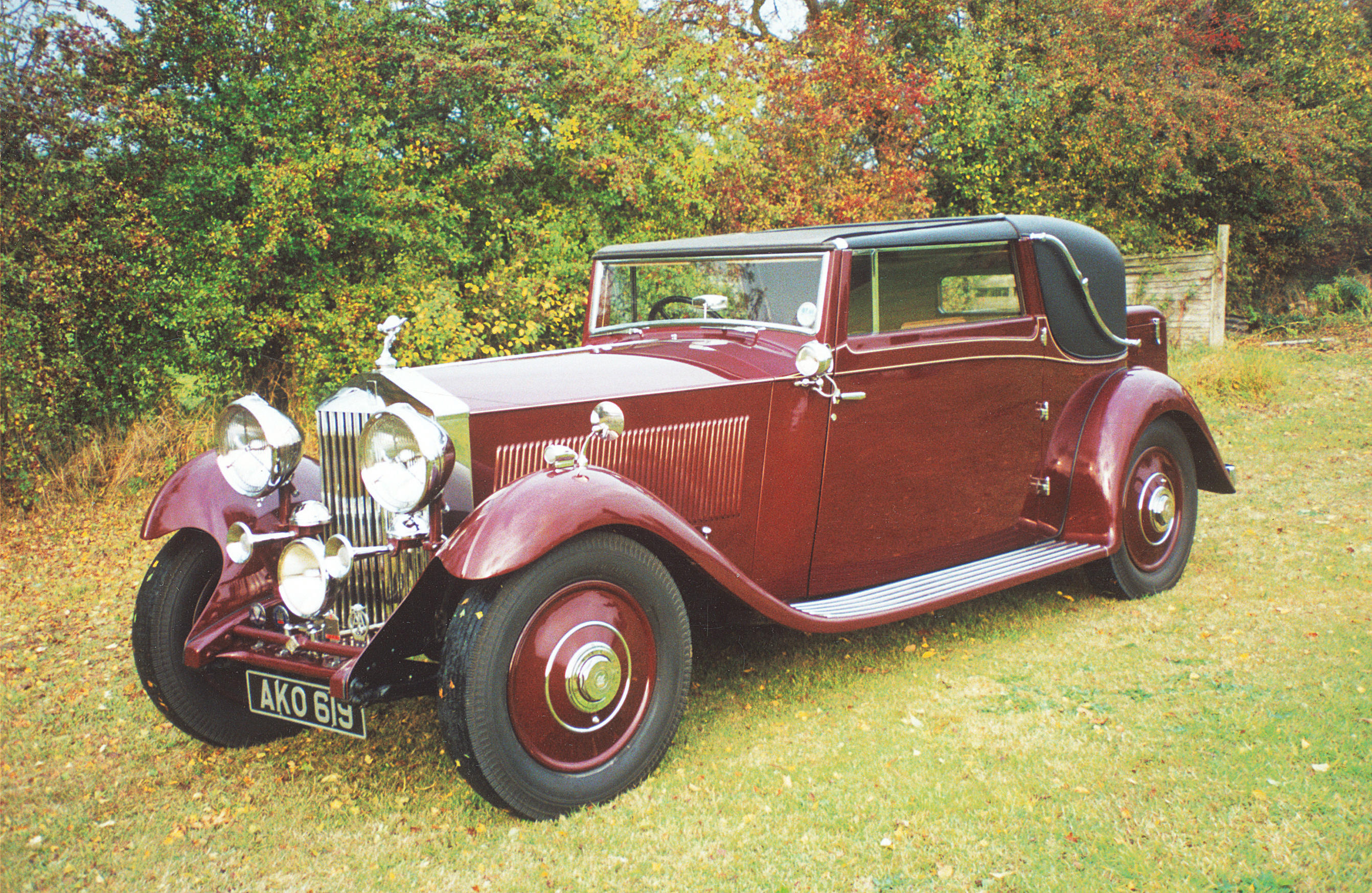
Testen Sie LotSearch und seine Premium-Features 7 Tage - ohne Kosten!
Lassen Sie sich automatisch über neue Objekte in kommenden Auktionen benachrichtigen.
Suchauftrag anlegen